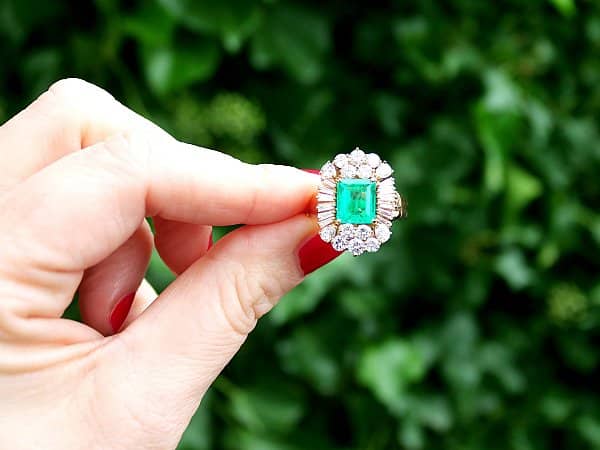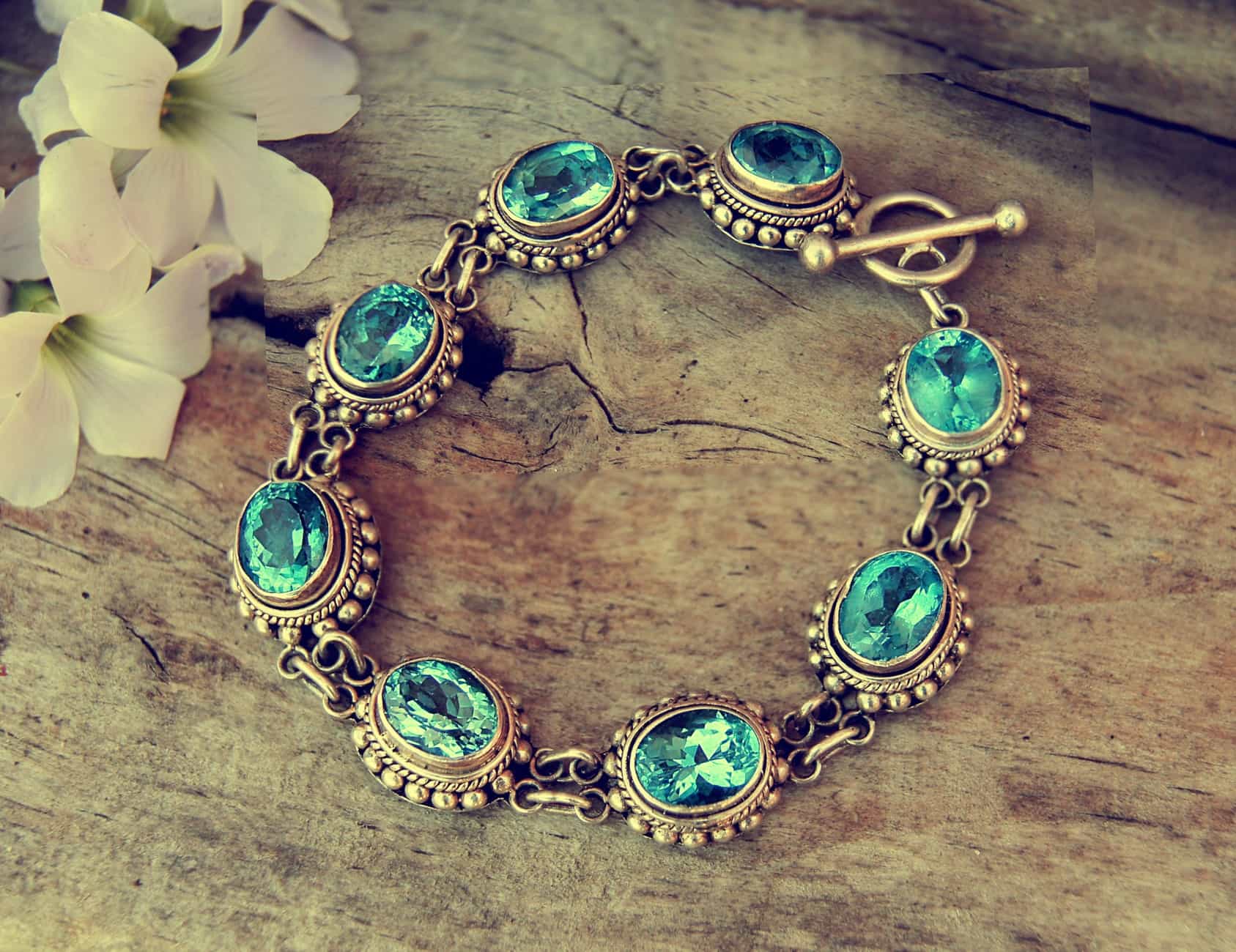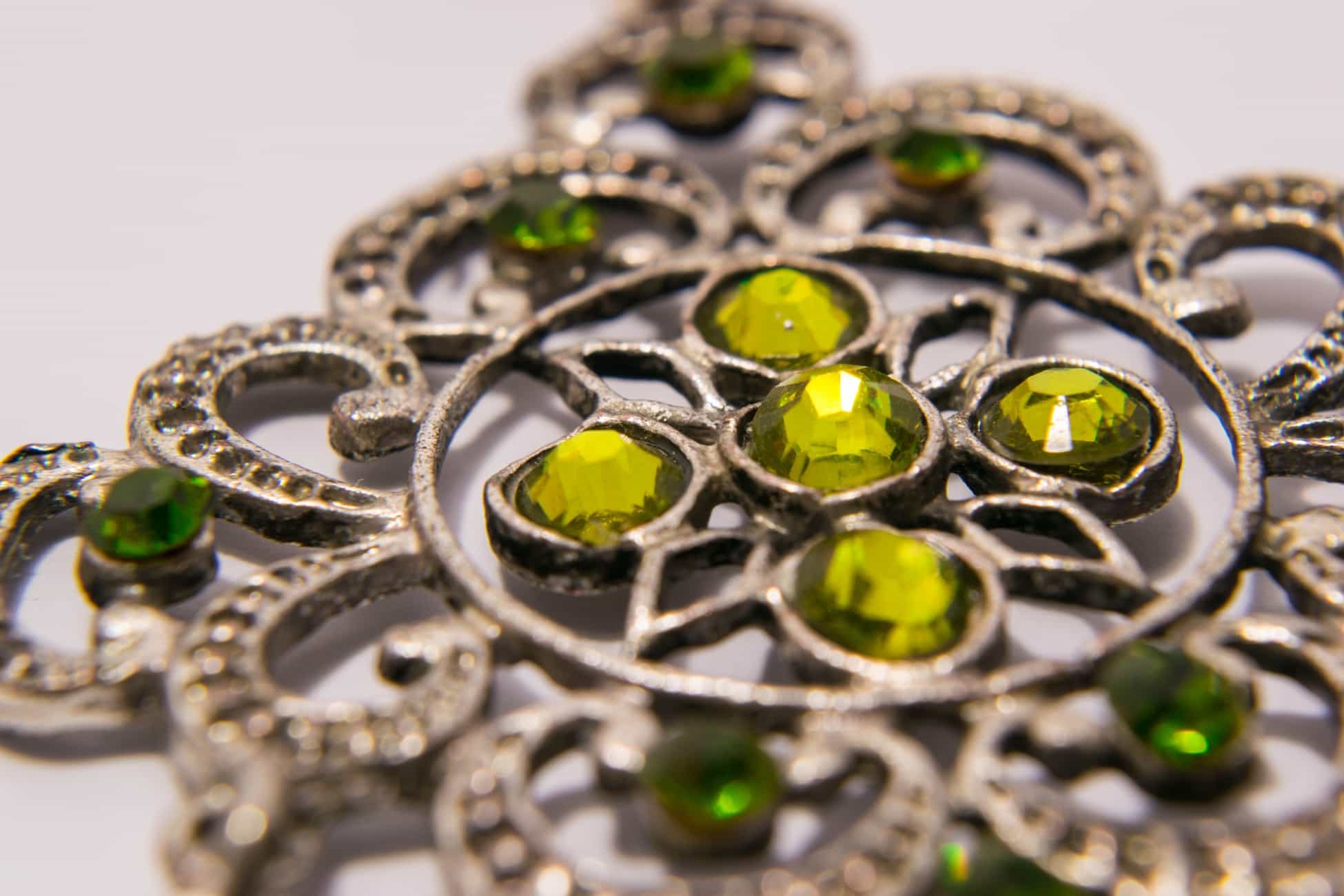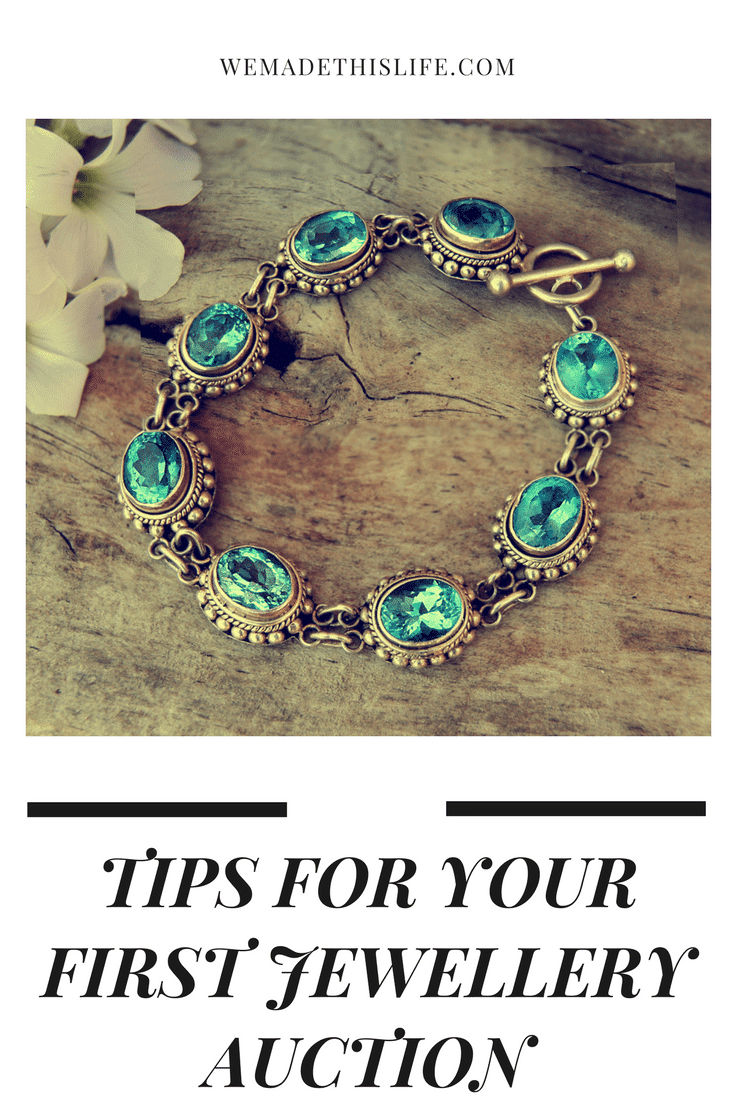Tips for helping your first jewellery auction go smoothly
Who doesn’t love sparking jewels and well-crafted gold and silver? Some of us prefer modern pieces, while others among us look for more vintage items that might have an interesting history behind them such as antique emerald rings. You may be especially interested in a particular era, or prefer the style that was popular in those days.
Whatever your reason for choosing to go to a vintage jewellery auction, you shouldn’t just turn up without knowing what you’re doing, what you’re looking for and what to ask when you are particularly interested.
Here’s what you need to do before, during and after a jewellery auction to help you to get the best out of this exciting experience.

Jump to:
- Tips for helping your first jewellery auction go smoothly
- Ask as many questions as you need to
- Buy a loupe
- Make emotional decisions
- Use natural light
- Stay within your budget
- Find out if your favoured piece has ever been repaired
- Find out if your purchases need special treatment or storage
- Learn how to open and close clasps
- Get your grades
- Don’t get hung up on reports
Ask as many questions as you need to
You might feel silly, but remember that someone who asks a question looks foolish for a moment, but the person who never asks anything stays foolish for ever. We were all new to auctions once and houses like Ross’s Auctioneers in Belfast are always quite happy to guide people along.
Buy a loupe
You should really buy a loupe, preferably one that has 10X magnification, as these can show up inclusions and flaws that can affect the value of gems.
Make emotional decisions
There’ll be some items that you’ll buy because of their value alone, but others you’ll just fall in love with. As long as they’re worth something, go ahead and buy them – these won’t be just financial investments.

Use natural light
You need to look at gems in natural daylight if possible. If not, then use a diamond light to see the true colours of the jewel.
Stay within your budget
This might seem like trite advice, but it’s possible that you get so wrapped up in the whole proceedings that you forget how much you’re spending. You should come away happy, not worrying about how to pay for groceries!
Find out if your favoured piece has ever been repaired
There should be a repair record, so examine it carefully.
Find out if your purchases need special treatment or storage
Some gems and stones need to be stored under special conditions, as do some metals. Find this out before you buy, as investing in specialist cloths or cabinets could bump up your expense quite a bit.

Learn how to open and close clasps
Some bracelets can be tricky and some clasps aren’t as obvious as they seem. It’d be a real shame to buy something then break it at your first attempt at wearing it.
Get your grades
You can get grading reports for your diamonds from a lab. There’s the Gemological Institute of America, which looks at cut, colour, clarity and carats (the Four Cs). There are similar reports and gradings available for rubies, emeralds and sapphires from the SSEF in Switzerland.
If it’s pearls you’re after, then X-rays can determine if they’re real or cultured, which can make all the difference.
Don’t get hung up on reports
If you really love a particular piece, but you find the gems are a bit sub-par, go with your heart. Similarly, it’s best to buy a good-quality stone from a lesser-known region than a poor-quality one from a more famous area.
Did you find this post useful? Share it with your friends or Pin it for later...







Leave a Reply